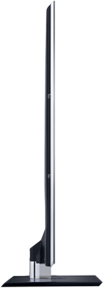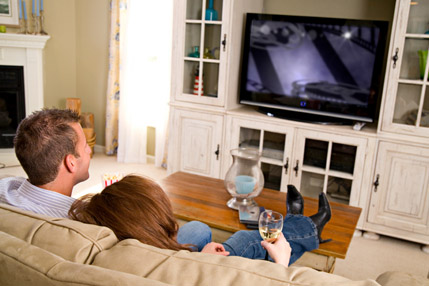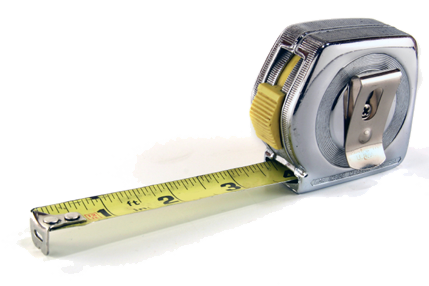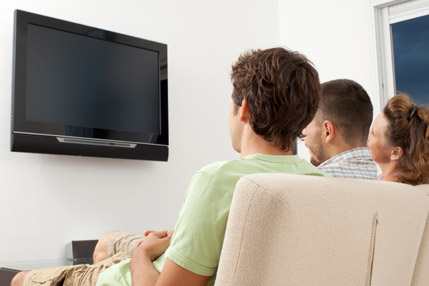Dimensional Considerations
Next to fitting your budget, the most important feature for a flat-panel HDTV is size. But bigger isn't always better. Consider these factors:

Thickness
Some of the newest TVs are no thicker than a framed print. Thin screens make for sexy industrial design, but when you’re watching a show, with your eyes on the screen, you can’t tell how thick it is. In general, slim TVs are more expensive, so unless you're very style-conscious, you can save money by opting for a little more thickness.

The Right Fit
If you’re trying to place a flat-panel HDTV within existing furniture—such as a media center—be sure to measure carefully. The advertised screen size is just the viewable area of the display panel. This is surrounded by a bezel that can add an inch or more to some dimensions, and the base adds still more. Also, HDTVs display in wide format, which means that a 32-inch HDTV is much wider than a 32-inch standard-definition model.

Viewing Distance
The distance between you and the screen has a big impact on the size you need. High definition gives the picture more detail than standard television, so for a given distance, the HDTV needs to be larger than a traditional television. If the screen is too small, you won’t be able to see the extra detail. If you’ll be sitting six feet away from a 1080p HDTV, it should have at least a 46-inch diagonal. At eight feet away, it should have at least a 50-inch diagonal, though 60 inches would not be too large. To learn more about recommended viewing distance, click here.

Higher Placement
All HDTVs come with a stand for placement on top of a piece of furniture. Most of them also provide a way to connect to a standard wall mount. In both cases, it can be useful to have a swivel mount so that you can easily adjust the angle of the set. The TV should be at eye level or just a bit higher when you’re in your viewing position. If you place it on a table, make sure the furniture can support its weight, and be sure to secure the set so that it can’t topple onto a child or pet.



